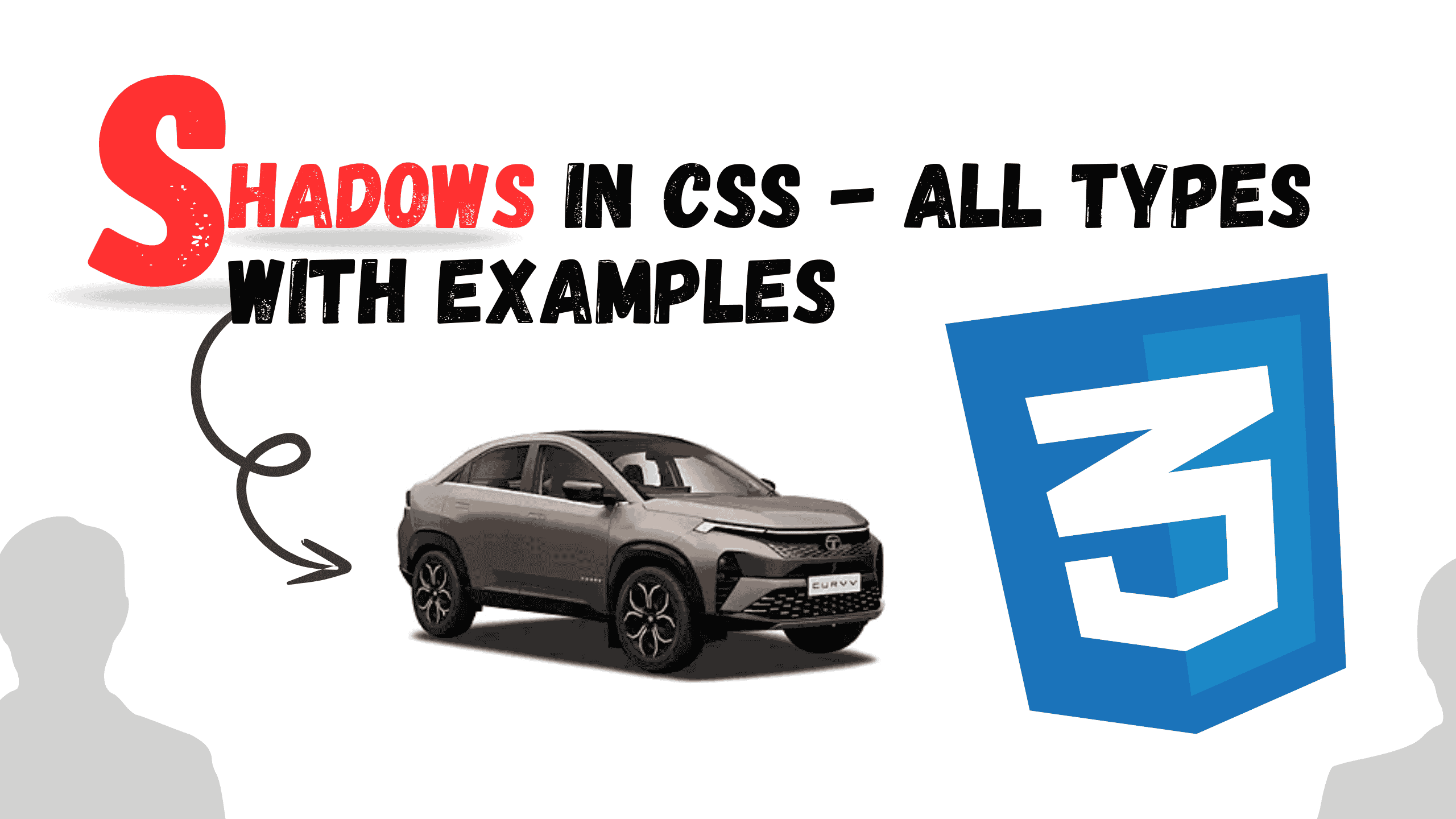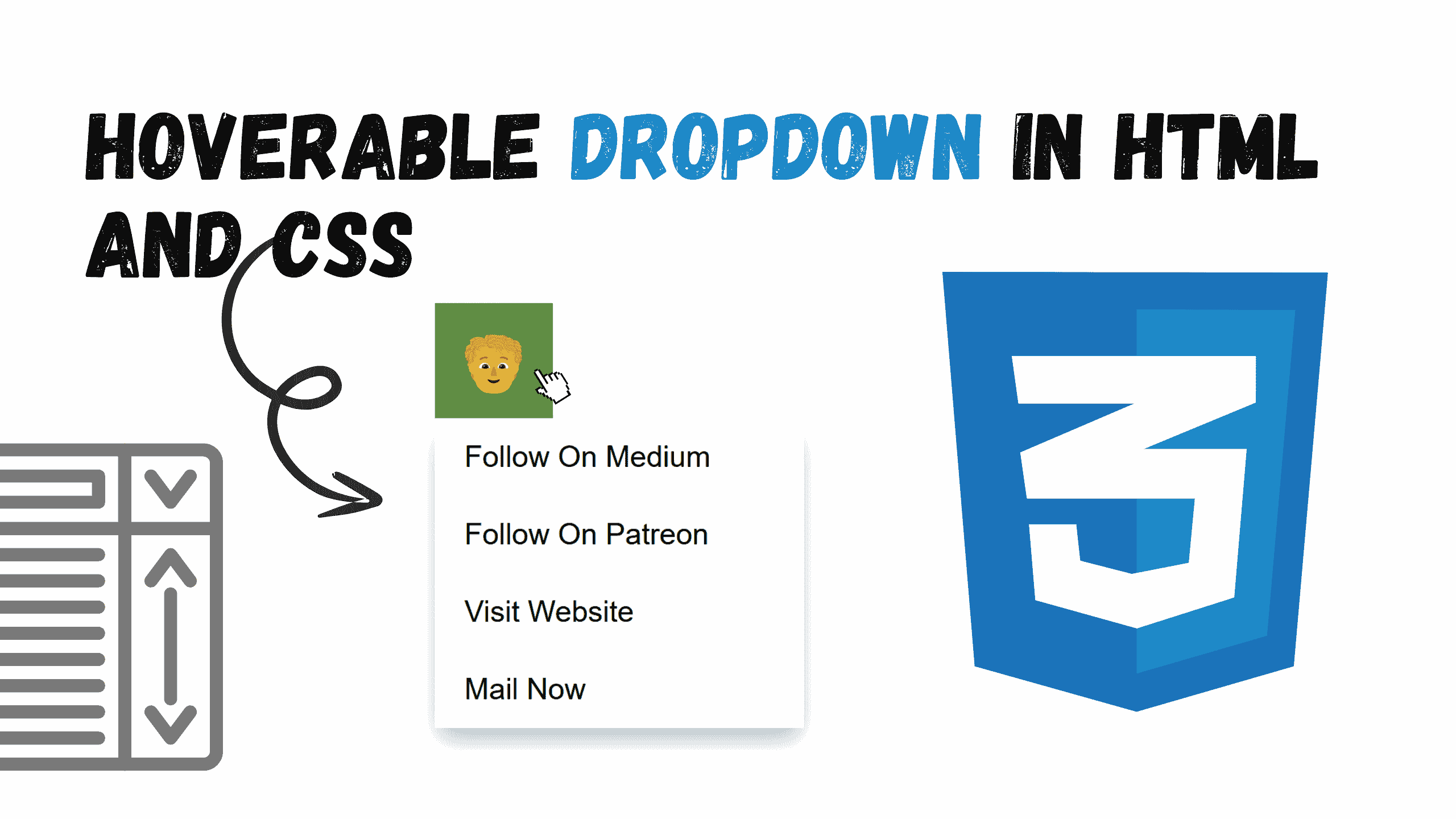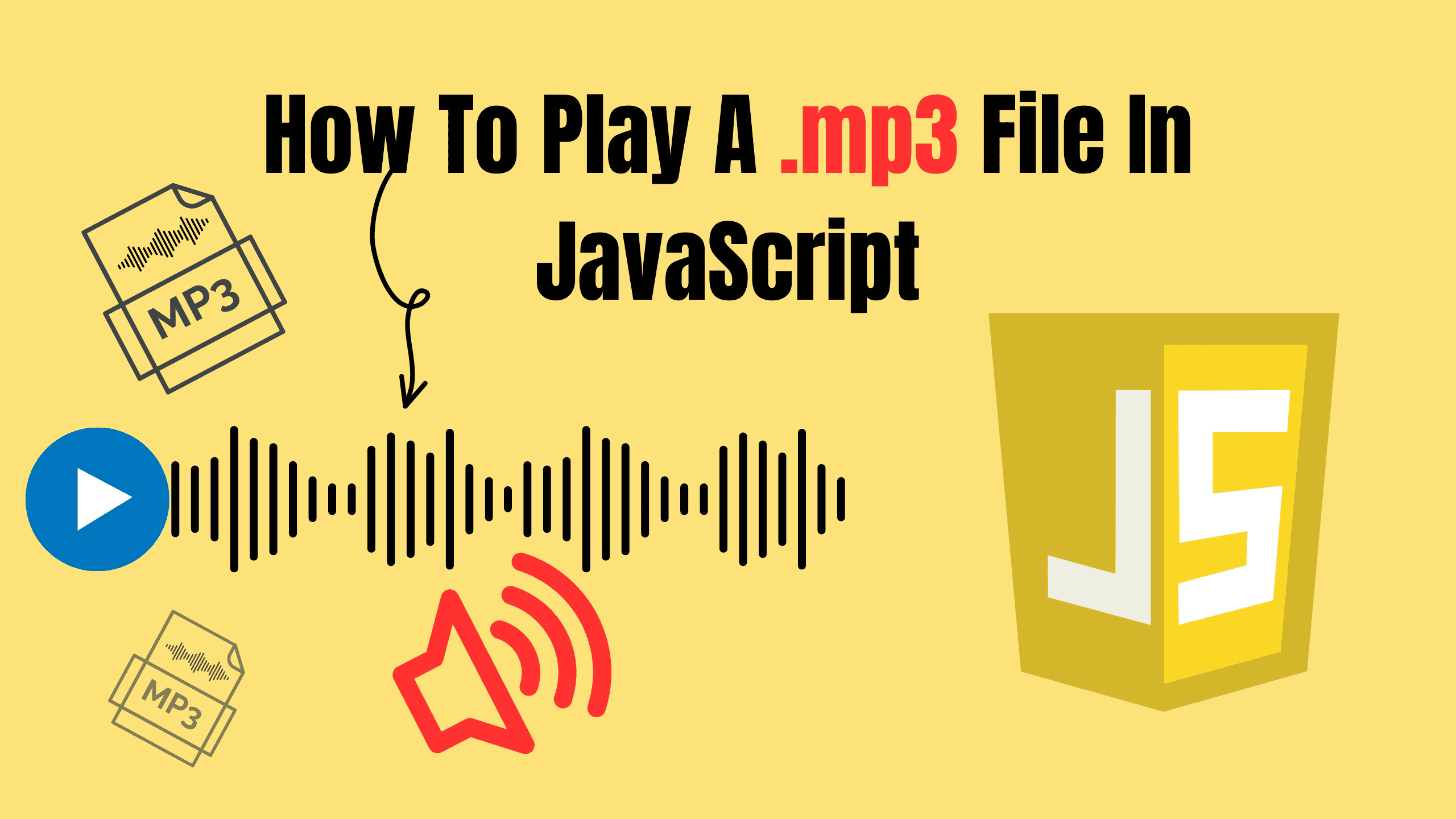Getting Started with Tailwind CSS: A Comprehensive Guide

Tailwind CSS is an open-source CSS framework. The main feature of this library is that, unlike other CSS frameworks like Bootstrap, it does not provide a series of predefined classes for elements such as buttons or tables.
Installation and Setup
To get started with Tailwind CSS, you first need to install it in your project. You can do this using npm or yarn.
bash// Using npm npm install tailwindcss
or
bash// Using yarn yarn add tailwindcss
Once Tailwind CSS is installed, you need to create a configuration file where you can customize the framework according to your project requirements. You can generate a default configuration file using the following command:
bashnpx tailwindcss init
This will create a tailwind.config.js file in your project directory. You can now start using Tailwind CSS in your project.
Using Tailwind CSS
Tailwind CSS is a utility-first framework, meaning it provides a set of utility classes that you can apply directly to your HTML elements. These classes allow you to apply various styles and layouts to your elements without the need to write custom CSS.
html<div class="bg-blue-500 text-white p-4"> Welcome to Tailwind CSS! </div>
In the above example, we have applied some utility classes to a div element, setting its background color to blue, text color to white, and adding padding on all sides.
Customizing Tailwind CSS
Tailwind CSS allows you to customize the default styles and add your own utility classes to suit your project's design and branding. You can do this by editing the configuration file we generated earlier.
js// tailwind.config.js module.exports = { content: ["./src/**/*.{html,js}"], theme: { extend: { colors: { primary: '#FF5733', secondary: '#3C64B1', }, fontFamily: { sans: ['Inter', 'sans-serif'], }, }, }, variants: {}, plugins: [], };
In this example, we have extended the theme to add custom primary and secondary colors. We have also added a custom font family, "Inter," which will be applied to elements using the "sans" class.
Conclusion
Tailwind CSS is a powerful utility-first CSS framework that simplifies the development process and allows you to create beautiful and responsive user interfaces with ease. By learning the basics of Tailwind CSS, you can quickly become proficient in using this popular framework for your web projects.
Follow and Support me on Medium and Patreon. Clap and Comment on Medium Posts if you find this helpful for you. Thanks for reading it!!!





